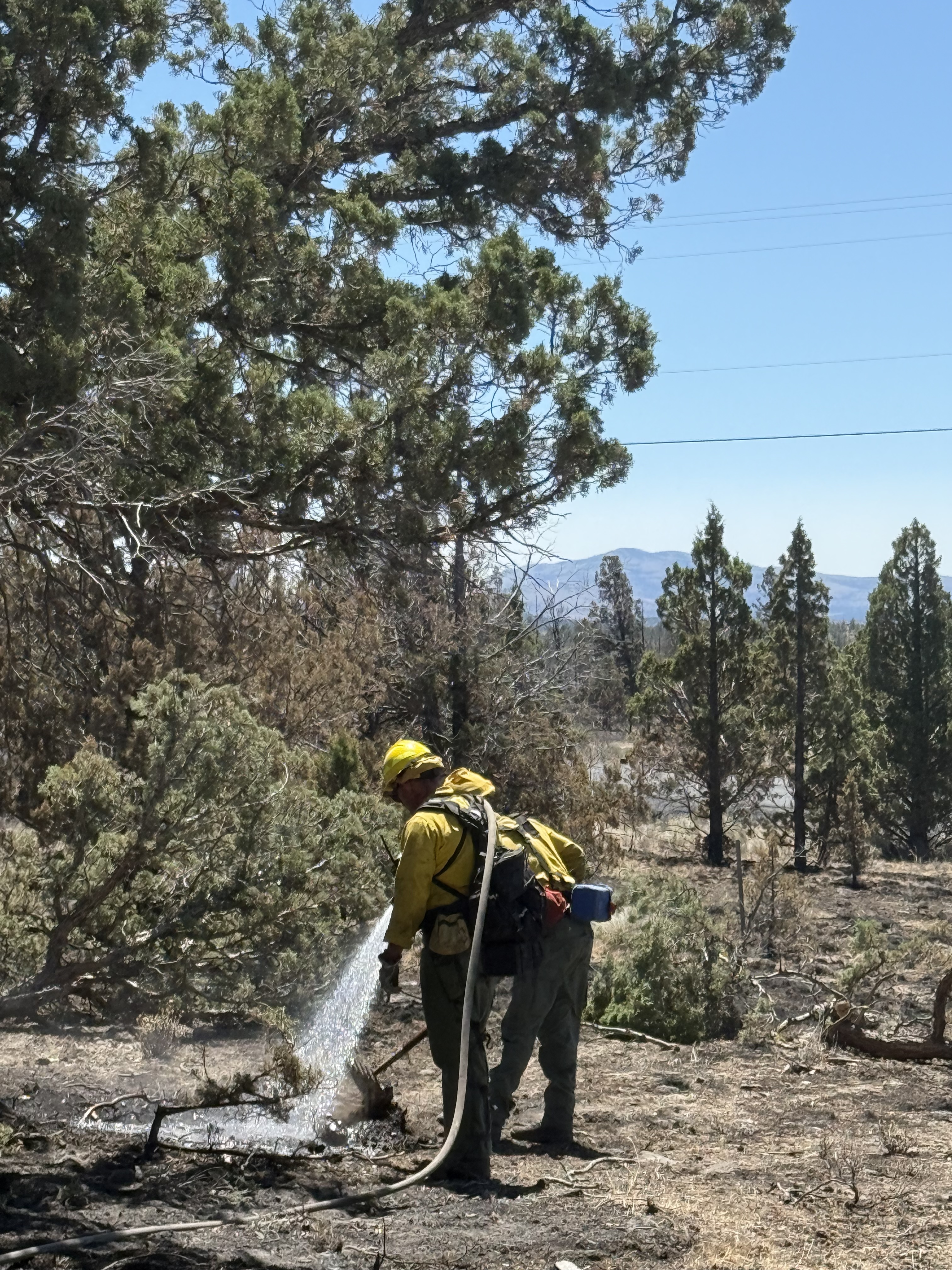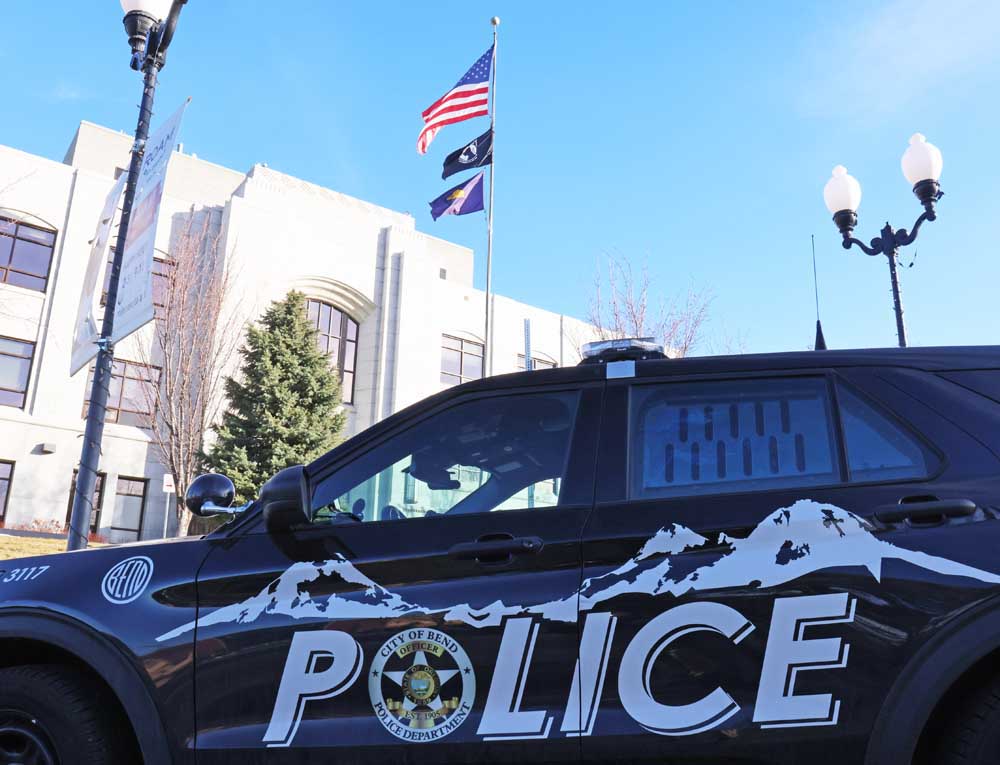Cows have right of way on highway
Published 5:00 am Tuesday, September 11, 2012
The owners of five trucks that collided with and killed 44 head of cattle on U.S. Highway 97 on Thursday night might be on the hook for the livestock loss.
The cattle, grazing in an area 12 miles north of Madras designated open range, strayed onto the highway but still had the right of way, according to the Oregon Department of Transportation. On the open range, livestock “may lawfully be permitted to run at large,” according to Oregon law.
Trending
The trucks struck the cattle around 11:45 p.m. Two of the trucks were towed from the scene with damages; the remaining three sustained minor damage but were drivable.
Most of the cows were dead at the scene, and the injured cattle were put down by the owners, R2 Ranch.
It took several hours for Oregon State Police, ODOT and R2 Ranch employees to clear away the dead cattle from the highway, which was partially closed in both directions. According to Oregon State Police Lt. Gregg Hastings, the crash is unlikely to result in any citations.
“There doesn’t really seem to be any law that would be applicable,” Hastings said. “I would think anything potentially further down the road would be between the owner of the cattle and the drivers and their companies.”
Hastings said he’d never seen an accident involving so many animals.
“Not this many,” he said. “I’ve seen others, but there were quite a few less (animals).”
Trending
R2 Ranch is a 60,000-acre property that serves as a cattle and alfalfa ranch. According to a profile in the Angus Beef Bulletin in January 2010, the R2 Ranch has more than 750 cows and Angus bulls.
The ranch is owned by Robert Pamplin Jr., who also owns R.B. Pamplin Corp., which includes the Pamplin Media Group and Columbia Empire Farms — described on its website as one of Oregon’s largest farming operations.
Hastings could not provide the names of the trucking companies involved in the accident.
Calls to R2 Ranch and Columbia Empire Farms were not returned. Pamplin could not be reached for comment.
ODOT spokesman Peter Murphy said cattle have the right of way along highways that are deemed open range. He noted there are no fences along that area of the highway and that ODOT does not maintain any fences to keep animals off the roads. Instead, he said, the Bureau of Land Management or other agencies might build and maintain fences in open range areas.
According to the state, a landowner who doesn’t want livestock on his property — not the livestock owner — is responsible for building adequate fences or using natural barriers to keep the animals out. Once an animal breaches an adequate fence, the livestock owner could be held liable.
Rodger Huffman, the state brand inspector for the Oregon Department of Agriculture, said if animals on the open range have gone through an adequate fence, they’re no longer free to roam.
An adequate fence is defined by Oregon law as a continuous barrier that forms a defense against the “ingress or egress of cattle or equines into or from the lands enclosed by the barrier.”
In the case of a dispute, the agriculture department can evaluate whether the fence in question was adequate.








